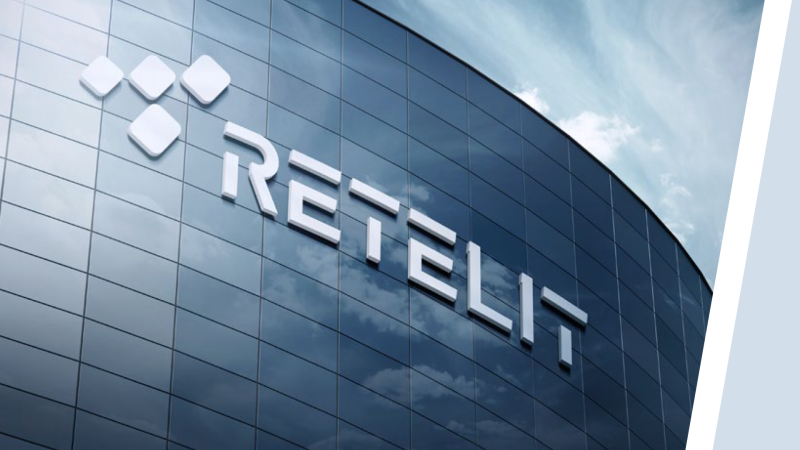
The media and events sector has specific requirements for high-quality, resilient data transport. Retelit has the coverage, means and know-how to provide this, writes Diego Teot, the company’s head of the International Business Unit.
Wholesale is not a single and homogenous market in which the only aim is to provide the lowest price. It is a large and diverse space where telco services are driven by the requirements of different verticals, such as the media and events sector.
This article explores the media and live events market, and its specific requirements. Events have an impulsive nature, and require 100% availability and guaranteed length of round-trip delay. All of this is about ensuring that the audience experiences watching a football match, Eurovision show or Formula 1 race smoothly and with high quality on every device.
Looking at the history of the media, we see that content consumption and distribution has evolved from the old one-size-fits-all broadcast television model to a multiscreen era of smartphones, PCs, tablets and interactive content. The range of signal sources has also moved from a few cameras to dozens, if not hundreds, while new sensors such as VAR have appeared.
Last but not least, signal quality has increased from the old low-definition televisions (352 x 240 pixels) to 8K UHD (7,680 × 4,320), leading to transmission at 392 times the bit rate per second – or, in other words, 392 times more bandwidth required.
Need for resilience
In summary, a modern event requires the movement of multiple high-bandwidth digital streams within networks that by nature are designed to transport predictable traffic and need a long time to be upgraded, with provisioning and assurance exceeding even the stricter standards that our industry is used to.
This translates into an imperative for data transport infrastructure to be scalable, fully resilient and always available in the face of possible equipment failures and fibre cuts, as well has having no jitter and being available just in time to serve impulsive needs.
Media services are designed and built to be resilient. For this reason, guaranteed connectivity is secured prior to an event by diversifying routes on a dedicated network. After running a variety of tests and installing sensors for proactive fault detection, a team of professionals ensures good network performance, allowing the event to be usable without slowdowns and interruptions.
With such experience, Retelit is positioned as a partner for network operators with a broadcast focus (e.g. Telstra, Tata, NTT, KDDI) or for content providers and broadcasters (e.g. Cingularity, Arqiva, EBU).
Retelit addresses the need and opportunity to constantly invest to ensure its leadership in this area thanks to:
· Coverage expansion: stadiums, arenas, racetracks and even ports and military bases are connected by fibre equipped with the latest DWDM technology and diverse routing, as well as the ability to carry even the most bandwidth-demanding streams without jitter.
· Reach: Retelit is present in major European telecommunications hubs, ensuring that signals are handed over to the following transporter or directly to the party responsible for post-production. A presence in major hubs for submarine networks, such as Bari (AAE-1), Palermo (SMW5), Marseille and Genoa (2Africa), also provides coverage at a global level, interconnecting with other continents and a larger audience.
· Know-how: serving the media market requires a well-developed and specific know-how comprised of a specialised service manager, a mission-critical checklist and procedure to ensure readiness, a dedicated assurance team during the event and a network of skilled vendors to serve the market. This is a unique asset that Retelit has developed thanks to over 10 years of experience in the media sector.
As a telecoms operator, Retelit is able to not only bring the infrastructure (optical fibre), but also ensure the continuous flow of data without interruptions. In addition, the company has the skills and resources to manage the complexity of such events. As well as the bandwidth, value comes from the ability to keep the service 100% available during an event and cooperate with a customer from day zero of solution design right up to the event day.




